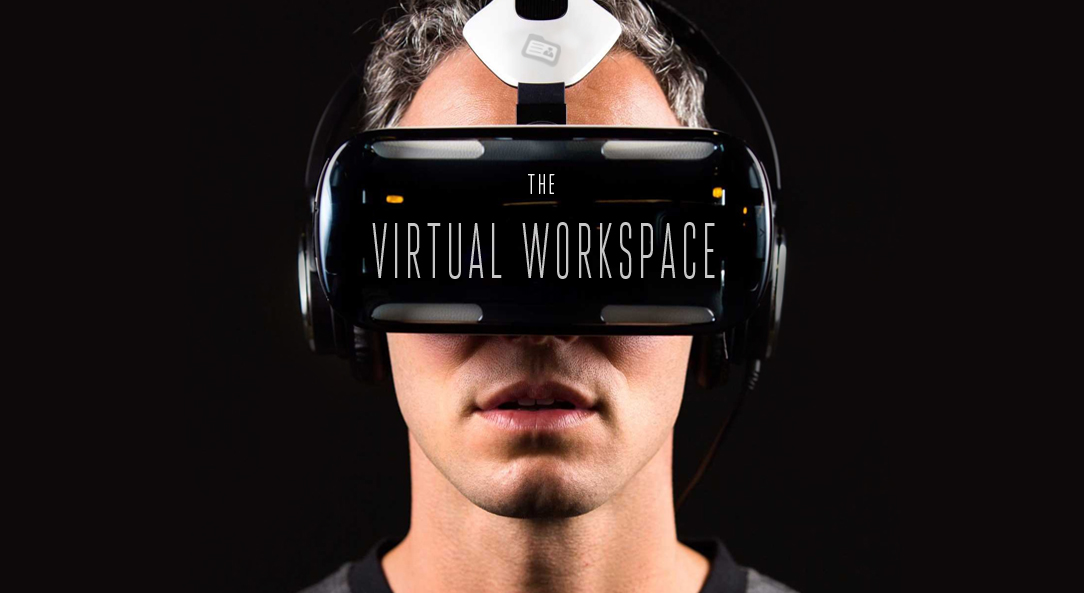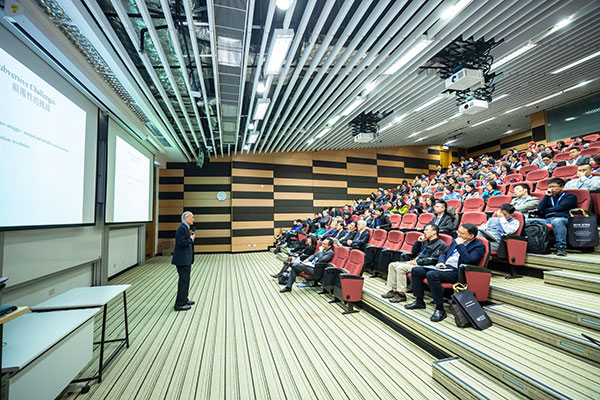
A more suitable title could have been “The World’s Longest Office,” and that’s what Zenvoy might be, stretching from Los Angeles across Europe all the way to the Philippines.
Starting at the top, our headquarters are in Los Angeles. It is also the home of our marketing and sales.
The Zenvoy development team is spread out across Europe all the way to the Philippines, and it follows a traditional structure of CTO, head of development, project manager, and front- and back-end developers. We also have an ad hoc graphic designer and our project manager doubles as a tester.
The technological lead (yours truly) is in France, which is between the U.S. and the development team in Europe. I work with the developers in the morning and headquarters in the afternoon a perfect set up!
How does this work practically?
We began by testing all the collaborative tools out there. Many of them are impressively complex and have all the features you can think of. We came to a conclusion as we tested and excluded each one of them that the efficiency is not necessarily in the features or complexity; it is in our methodology and how we structure our work and communication.
We ended up choosing Basecamp, a web-based project management tool, and we have not looked back since. Basecamp is simple and modular, and every facet of our activities has its own Basecamp project, such as development, sales, marketing, and important events like trade shows.

We hold our twice-weekly group conference calls using GoToMeeting. For communication on a macro level, we use Skype. That is important as we have an open development channel where we discuss issues that concern the team as a whole, and we also set up smaller groups where we discuss isolated issues. This reduces the noise on Basecamp and it insures that differing opinions are resolved so the Basecamp threads have direction.
Git, a source control system, is also an important part of the structure for Zenvoy as a tech company. It shows the history of all commits, commit frequency, and code developed, deleted or changed.
So complexity is not always better. The best advice I can give is to go for simplicity; crystallize the workflow and focus on good flat-hierarchy communication where everyone has an equal voice.
As a side note, I have worked in virtual environments since 1997 when I developed what was one of the first organic food-box delivery services (aarstiderne.com, they still exist!), and I have worked in “real” offices. My conclusion is that virtual offices have as good communication, accountability and efficiency as a brick and mortar organization, if not better.
That is all from me this week. Next week I’ll write about practical development workflow and how we develop from local to live, including a simple schema of server set up.
P.S. Basecamp is an integral part of our remote work set-up so I may do a review of Basecamp at a later date and go into specifics on how we use it.



